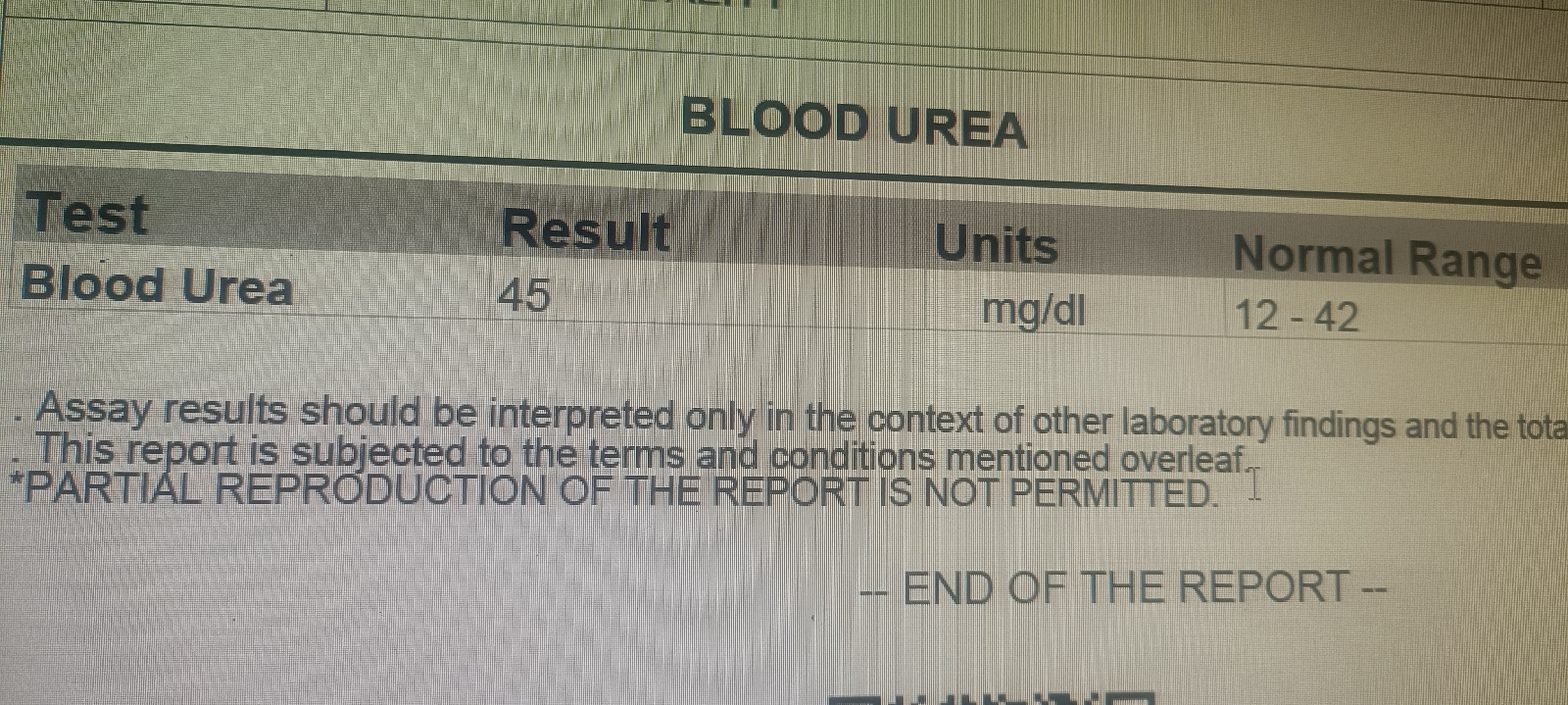JUNE 2023 WARD
1/6/2023
10am Visit to O.P.
11am - 1pm visit to SS ward
25F ANEMIA DM HEADACHE.
63M METABOLIC SYNDROME
45F HYPOTHYOID
Questions around the patients
1.Inheritance pattern of HbE thalassemia.
2.How obesity cause DM.
3.effectiveness of bone marrow transplantation in thalasemia
4.New treatment plan (gene therapy) for thalassemia.
2:30 to 4 PM
BED SIDE DISCUSSION IN ICU
45F ITCHY LESIONS AND ORAL ULCERS
Findings Suggestive of DLE .
what type of skin lesions ( ?scaly? plaques?
ANA negative SLE?
CARPET TACK SIGN ( 35M SKIN LESIONS AND ARTHRITIS
Pt c/o throat pain - added mucain gel and advised for endoscopy.
ONLINE DISCUSSION ON 1/6/23
[6/1, 10:25 PM] +91 91216 35470
(BY AKHIL CHOWDHURY): In obese individuals, the amount of nonesterified fatty acids, glycerol, hormones, cytokines, proinflammatory markers, and other substances that are involved in the development of insulin resistance, is increased. The pathogenesis in the development of diabetes is based on the fact that the β-islet cells of the pancreas are impaired, causing a lack of control of blood glucose. The development of diabetes becomes more inevitable if the failure of β-islet cells of the pancreas is accompanied by insulin resistance.
[6/1, 10:30 PM] +91 93816 31476 BY SHIVANG SHARMA : https://www.ncbi.nlm.nih.gov/pmc/articles/PMC4260901/
[6/1, 10:31 PM] +91 93816 31476: B-1 and B-2 B cell subsets carry out a diverse array of functions that range broadly from responding to innate stimuli, antigen presentation, cytokine secretion and antibody production. In this review, we first cover the functional roles of the major murine B cell subsets. We then highlight emerging evidence, primarily in preclinical rodent studies, to show that select B cell subsets are a therapeutic target in obesity and its associated co-morbidities. High fat diets promote accumulation of select murine B cell phenotypes in visceral adipose tissue. As a consequence, B cells exacerbate inflammation and thereby insulin sensitivity through the production of autoantibodies and via cross-talk with select adipose resident macrophages, CD4+ and CD8+ T cells. In contrast, interleukin (IL)-10-secreting regulatory B cells counteract the proinflammatory profile and improve glucose sensitivity. We subsequently review data from rodent studies that show pharmacological supplementation of obesogenic diets with long chain n-3 polyunsaturated fatty acids or specialized pro-resolving lipid mediators synthesized from endogenous n-3 polyunsaturated fatty acids boost B cell activation and antibody production. This may have potential benefits for improving inflammation in addition to combating the increased risk of viral infection that is an associated complication of obesity and type II diabetes. Finally, we propose potential underlying mechanisms throughout the review by which B cell activity could be differentially regulated in response to high fat diets.
[6/1, 10:46 PM] +91 6303 178 255: https://www.intechopen.com/chapters/70780
[6/1, 10:46 PM] +91 6303 178 255:
BY SRAVANTHI Gene for β-thalassemia and HbE is transmitted within the family from parents to descendants in an autosomal recessive fashion. Thus, those who are heterozygous for abnormal β-gene are clinically asymptomatic and called β-thalassemia carrier or β-thalassemia trait. Those who are heterozygote for HbE gene (βE) are also clinically asymptomatic and called HbE carrier or HbE trait. However, homozygote or compound heterozygote of the β-thalassemia gene and/or HbE gene are clinically affected and suffer from chronic anemia with some life-threatening complication. Therefore, accurate diagnosis of carriers of the β-thalassemia and HbE as well as the disease is important.
[6/1, 10:49 PM] +91 80089 96036: Pattern of Thalassemia e is autosomal recessive
[6/1, 10:49 PM] +91 70321 23190 BY PENCHALA MANOGNA
adiponectin is an abundantly expressed adipokine that exerts a potent insulin-sensitizing effect through binding to its receptors AdipoR1 and AdipoR2, leading to activation of AMPK, PPAR-α, and presumably other yet-unknown signaling pathways. In obesity-linked insulin resistance, both adiponectin and adiponectin receptors are downregulated. Upregulation of adiponectin/adiponectin receptors or enhancing adiponectin receptor function may represent an interesting therapeutic strategy for obesity-linked insulin resistance.
Obesity is recognised as a leading cause of β-cell loss and dysfunction and a risk factor for T2D. The natural history of β-cell failure in obesity-induced T2D can be divided into three steps: (1) β-cell compensatory hyperplasia and insulin hypersecretion, (2) insulin secretory dysfunction, and (3) loss of β-cell mass. Adipose tissue (AT) secretes many hormones/cytokines (adipokines) and fatty acids that can directly influence β-cell function and viability. As this secretory pattern is altered in obese and diabetic patients, it is expected that the cross-talk between AT and pancreatic β-cells could drive the maintenance of the β-cell integrity under physiological conditions and contribute to the reduction in the β-cell functional mass in a dysmetabolic state.
[6/1, 11:02 PM] +91 95811 56822: https://www.ncbi.nlm.nih.gov/pmc/articles/PMC2579902/
[6/2, 6:48 AM] Rakesh Biswas Sir Hod: @~Tella Shruthi @Dr.Bharath kumar MD(Gen.Medicine) If you recall yesterday's bedside discussion around this patient, the question we had was if the hemoglobin electrophoresis could be normal in both parents and none of them would even show signs of having a trait carrying the heterozygous form of the gene? As per the review of literature shared above by @~Sravanthi it appears that one of them should at least reveal thall trait in their electrophoresis report? So given that her mother is normal, it's possible that the disease would have come from the father who hasn't yet been tested? @~Amy8d Please add all the above PaJR discussion to her case report whenever possible
[6/2, 6:50 AM] Rakesh Biswas Sir Hod: Well searched and found 👏👏


